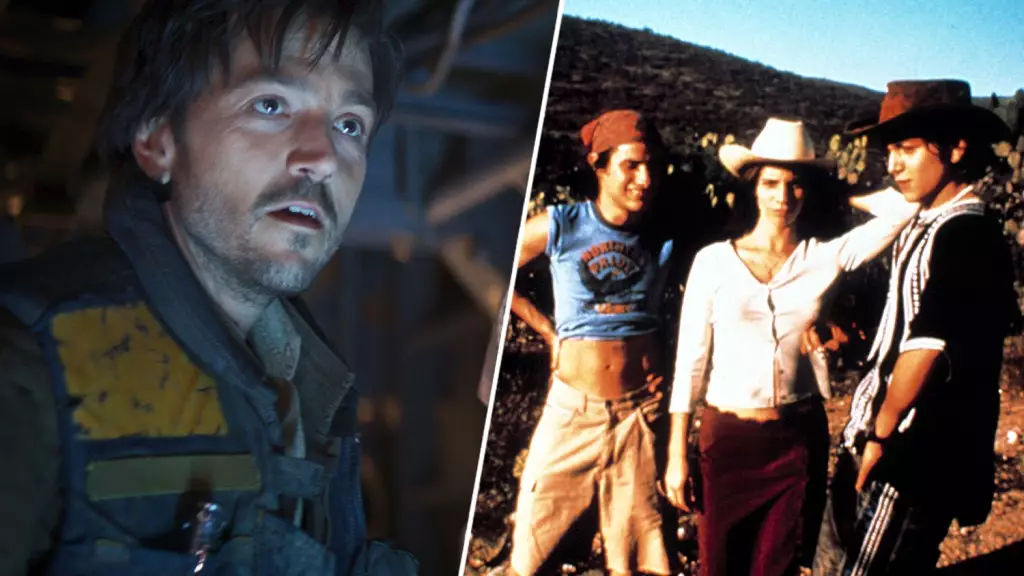The legacy of Alfonso Cuarón extends beyond his remarkable films; it reverberates through contemporary cinema, affecting established franchises like Star Wars. Recent comments by Diego Luna, who stars in the Disney+ series Andor, highlight the potential influence that directors like Cuarón can have on popular narratives. Luna recounted how Gareth Edwards, the director of Rogue One: A Star Wars Story, approached him with an audacious vision for the film—one that he likened to Cuarón’s groundbreaking work, Y tu mamá también.
Such a comparison isn’t merely sentimental; it speaks to a broader trend in filmmaking where the lines between genre and realism blur. Cuarón’s approach in Y tu mamá también—a film that employs a naturalistic tone and an almost documentary-like style—shows how deeply character-driven narratives can enrich even the most expansive universes. Edwards sought to replicate this authenticity within the Star Wars framework, breaking from traditional tropes. By prioritizing character dynamics and allowing actors the freedom to improvise, Edwards aimed to generate a fresh atmosphere for what had long been a formulaic series.
From a Fan to a Pioneer
Luna’s journey is emblematic of many artists who transition from indie projects to high-profile franchises. His excitement about Star Wars—acting out Jedi battles as a child—parallels the transformation of the franchise itself. Where once it relied heavily on special effects and grandiose storytelling, recent entries—including Luna’s character Cassian in Andor—focus on the subtleties of human interactions, moral ambiguities, and political complexities. This pivot undoubtedly resonates with a modern audience craving depth and authenticity.
However, this transformation raises questions about the nature of franchise filmmaking. While incorporating realism can undoubtedly yield richer narratives, it also risks alienating a segment of die-hard fans who revel in the mythic elements of Star Wars. The balance between maintaining the saga’s foundational qualities and exploring new storytelling methods is a delicate endeavor.
Cinematic Authenticity Deconstructed
The notion of achieving a documentary-like feel within a sci-fi epic offers tantalizing possibilities. The incorporation of handheld cameras and natural dialogue can serve to heighten emotional stakes and ground fantastical elements into relatable experiences. Cuarón’s use of realism invites audiences to feel genuine empathy toward characters navigating complex scenarios, paving the way for nuanced portrayals in the Star Wars universe.
However, it is imperative not to overlook the challenges this approach presents. Further realism can detract from the spectacle that is often synonymous with the franchise. Audiences may find themselves longing for the visual grandeur of epic battles and cosmic escapades that characterized the original trilogy. Therefore, the question arises: Can the Star Wars franchise evolve while still honoring the elements that first captivated fans?
Diego Luna’s character in Andor embodies this delicate balance, straddling the line between the morally gray and the mythic. His journey reflects the shifting landscape of storytelling within beloved franchises, embracing new paradigms while risking the essence of what made these narratives grand. As filmmakers continue to draw from Cuarón’s playbook, the evolution of beloved franchises invites both excitement and uncertainty in equal measure.

